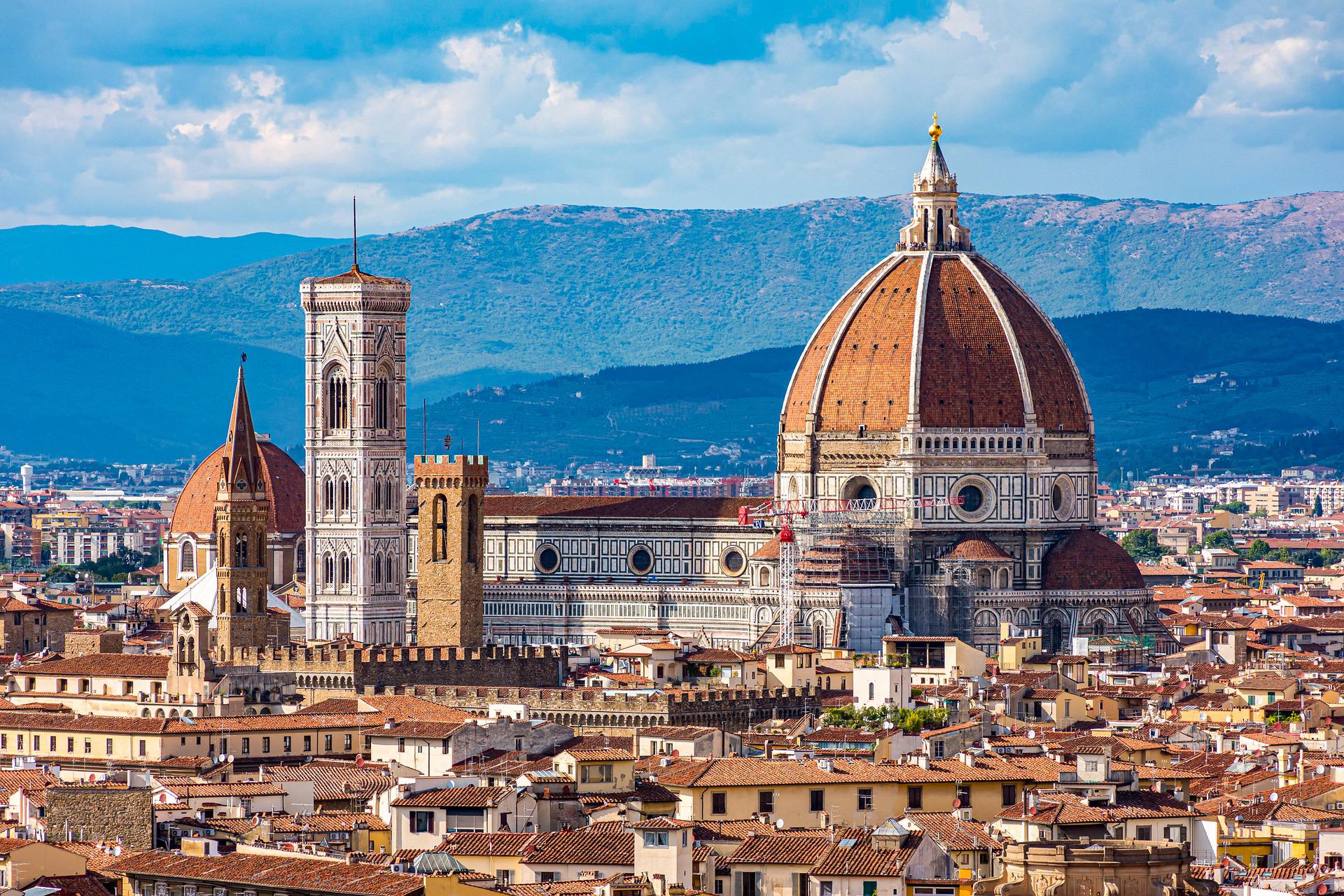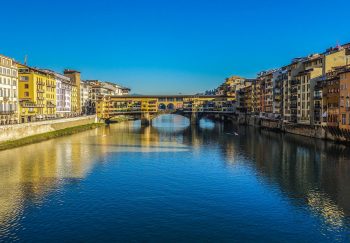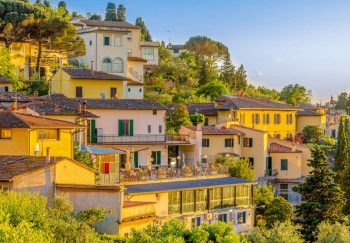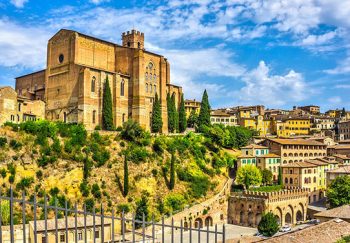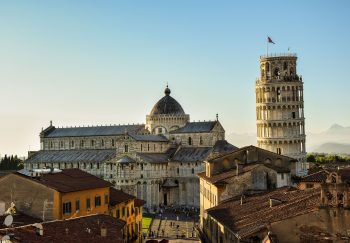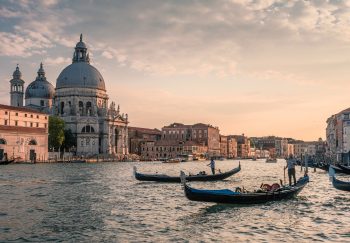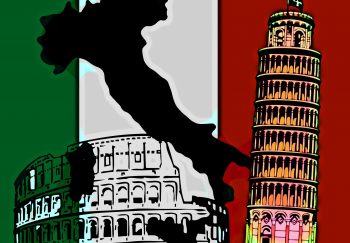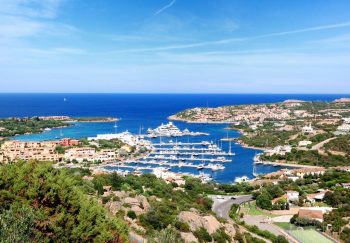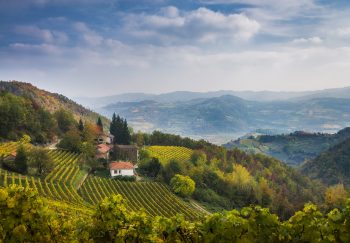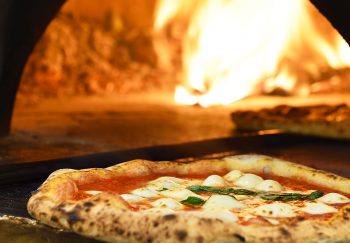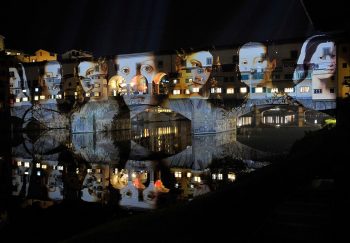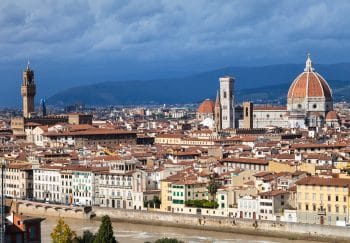Enjoy a Florence city break and experience the Renaissance
Florence (or Firenze) is the capital city of the famed Italian region of Tuscany. It attracts approximately ten million tourists each year, making it one of the most popular cities in Italy. This Florence travel guide online will provide information about the attractions and offer some helpful tips for making your visit as enjoyable as possible. To avoid waiting in long lines, it is best to reserve tickets well in advance. These tips and information will ensure a successful trip to Florence, the city of Renaissance.
Firenze’s foundation
Emperor Julius Caesar founded Florence in the year of 59 BC. The Roman settlement Florentia was named by him and used the area to establish a large Roman army base. This is still visible on the Firenze street map. Florentia was a very important place because it was located on the Arno River, which was a fertile valley that was available for Roman troops.
FirenzeUffizi, Florence’s most famous museum
FlorenceThe Florence skyline with the Duomo
The Middle Ages were a lively time
Florence was divided after the Romans’ time. In the sixth century, it fell to the Longobards (a Germanic people). Florence was made a city-state after this. In the thirteenth century, Florence rose to prominence thanks to a flourishing textile trade and the Florentine banking system.
The period of the Medici, Italy
The power of Florence, once held in the hands first of guilds, and then later of the republic, was gradually transferred to noble families. This is best illustrated by the Medici family. The Medici ruled Firenze for three centuries. Later, they governed much of Tuscany. The Medici, a bank family that helped Florence grow, were the Medici. Florence was a cultural and intellectual center of Europe during the time of the banking family. This period saw artistic flourishing. This period is known as the Renaissance. It is the reason we still have Florence on the to-do list.
Events in Firenze
You can enjoy a variety of famous events during a city break in Florence. The Scoppio del Carro is a celebration of Jesus’ resurrection that sees the Florentines detonating a bullock cart decorated in front of the Duomo. The Festa del Grillo is another event that takes place on Sunday after Ascension. Here, singing crickets can be purchased in the Parco del Cascine for happiness. The Florence Music Festival is held in May and June. It features classical concerts, recitals, and ballet performances at different locations throughout the city. Fans of sports can attend the match of Fiorentina, or music fans can attend the Nelson Mandela Forum concert.
Sightseeing in Firenze
Florence has so many amazing attractions that it is easy to argue that the whole city could be considered a museum. As such, it is on the UNESCO World Heritage List. Here is a list of some of the most popular tourist attractions you should see. While many of these attractions can be reached in walking distance from each other in downtown, there are some notable sights that are located outside of the city. You can walk to many of these places, but public transport is available for those difficult-to-reach areas.
The Florentine churches
The Duomo, or Santa Maria del Fiore, is Florence’s most iconic landmark. For centuries, the Florentine skyline has been defined by the 115-meter tall dome of the Duomo or Santa Maria del Fiore and the Campanile adjacent. The Baptistery, opposite the Florence cathedral, is worth a visit, as it is known for its bronze portals designed by Lorenzo Ghiberti. The Santa Maria Novella is a Gothic church that dates back to the 14th century. It is located opposite the train station. Santa Maria Novella is famous for its Strozzi Chapel. It is a tribute to Dantes La Divina Commedia. Piazza Santa Croce also houses the Santa Croce, a Gothic basilica. Although the Santa Croce is supposed to be more powerful than the Santa Maria Novella it is most famous for the many famous people who are buried there such as politician Machiavelli or artist Vasari.
The palaces of Florence
For centuries, the Palazzo Vecchio was Florence’s main palace. It is now a government building. You can now visit the Palazzo Vecchio as a museum, and climb the palace spire to enjoy panoramic views of Florence. The Palazzo Medici – Riccardi is another attraction worth seeing. It was a residence palace for the Medici family that later housed Riccardi. The Pitti Palace and the Boboli Gardens are a popular attraction.
Uffizi, Accademia, and other museums
The Galleria degli Uffizi, Florence’s most well-known museum, is located in Florence. The Medici’s collection is the origin of the art collection. Botticelli’s Birth of Venus is the most well-known piece of art. Palazzo Pitti, which previously was mentioned, has been turned into a museum that displays everything from art to clothing. Boboli gardens, which are adjacent to the Palazzo Pitti, can also be seen as a museum. Sports fans will find a museum that is dedicated to Bartali, the Florentine cyclist who won the Giro three years in a row.
There are many other places you can visit in Florence
The Ponte Vecchio bridge, which spans the River Arno is also a famous landmark in the capital of Tuscany. The bridge is famous for the many jewelers whose shops are built on it. Crossing the Arno will bring you to a beautiful palace with large, lush gardens called the Boboli Gardens. These gardens are famous for their works of art, including the Grotta Grande. You should also visit Piazzale Michelangelo, Piazzale Signoria and Piazza della Repubblica.
Italy: Florence Travel Guide
There are many ways to reach Florence. The first is Amerigo Vespucci Airport, a small airport. You can reach Florence by train if you’re already in Italy. You can reach Santa Maria Novella by train, regional, or high-speed, and only take a few minutes to reach the historic center.
Firenze & Tuscany: Best time to Travel
Florence has a Mediterranean climate like Italy. This means that Florence gets less rain than the rest of Italy in the summer months. The month with the highest rainfall has three times the rainfall of the driest. The influence of the Mediterranean means that Florence’s daytime temperatures are very high, and there are fewer extreme weather conditions. Summer months July and August can be very hot, with temperatures averaging thirty degrees Celsius on days. Florence’s tourist attractions can be cooled with air conditioning. However, the Duomo, with its narrow staircase, is best not to be in direct sunlight. Firenze’s best season is spring and autumn. Here you can still enjoy the sun but not the heat of summer.
